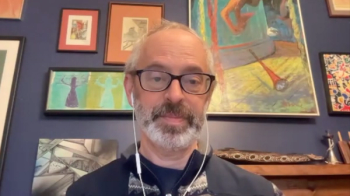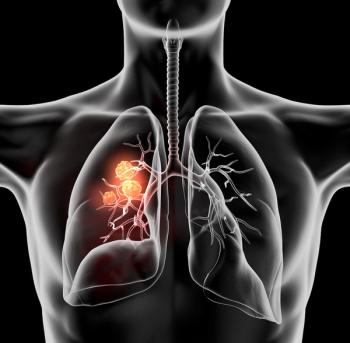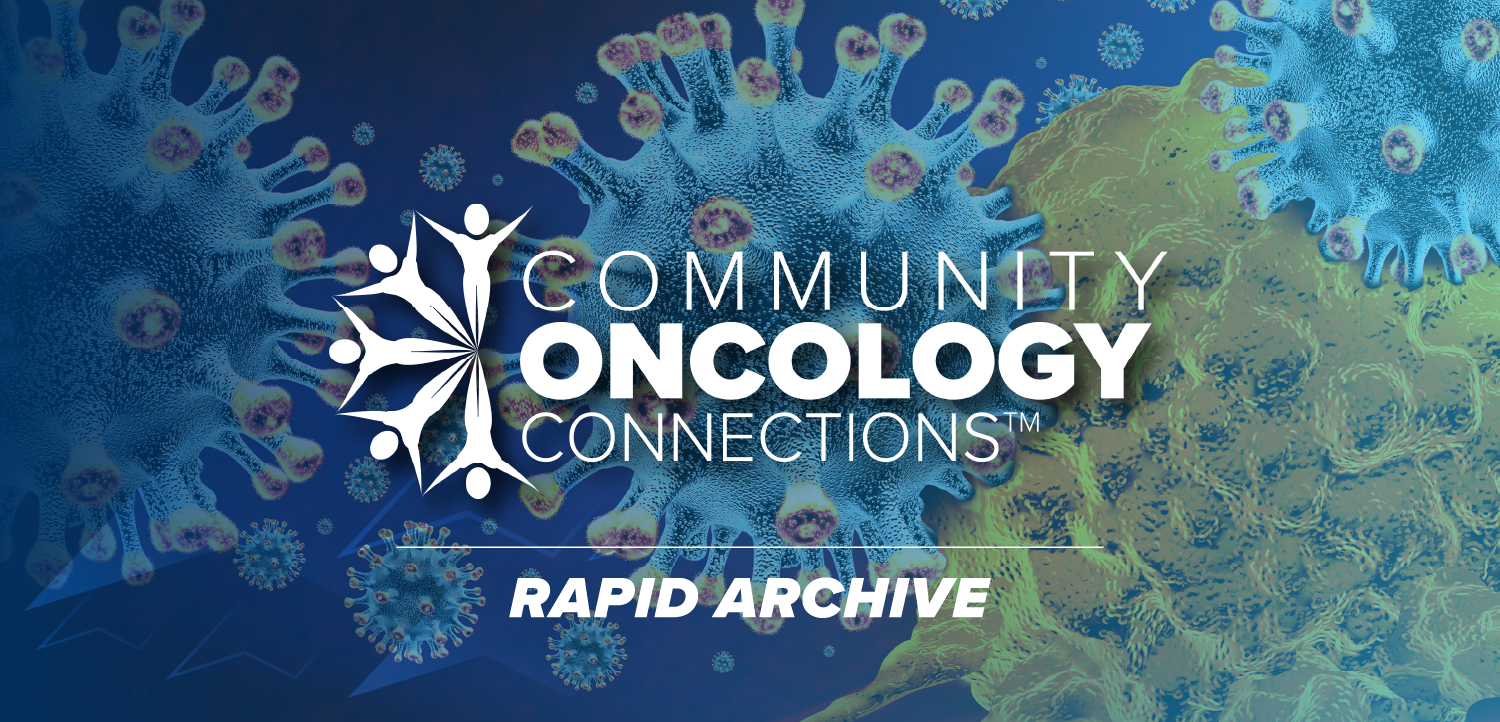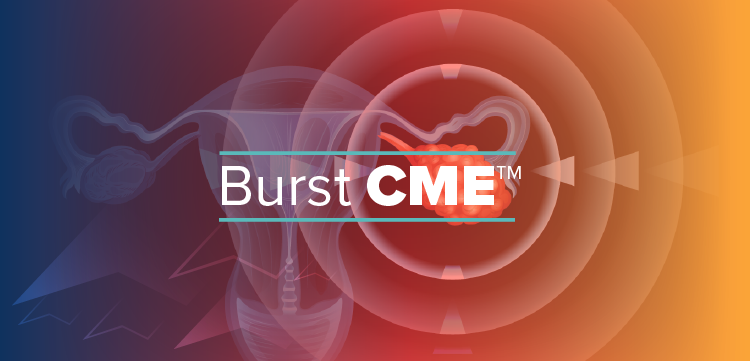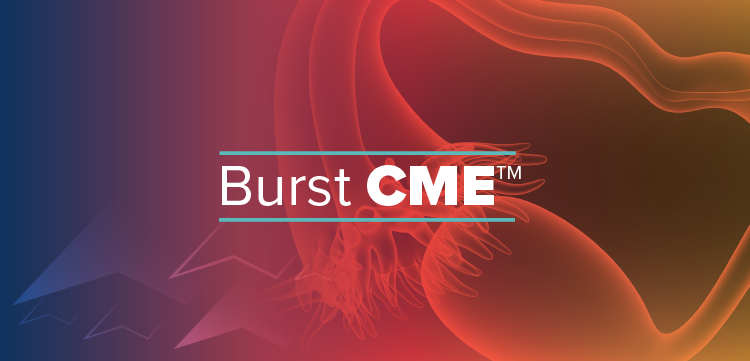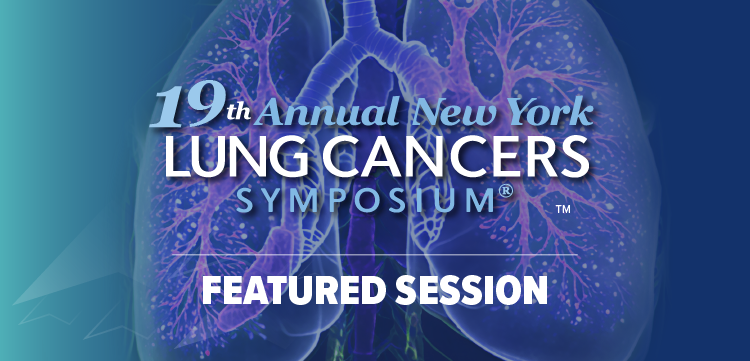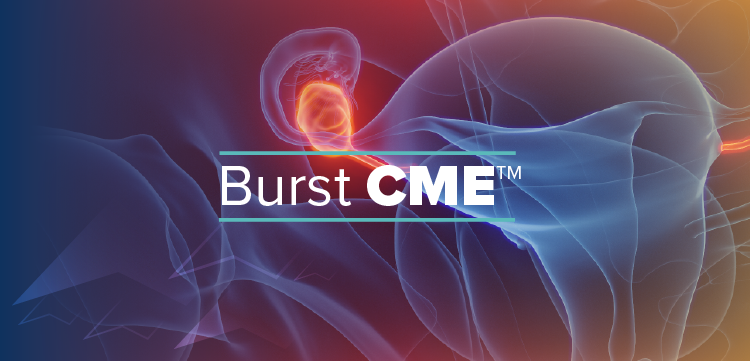
OST-HER2 Shows Significant EFS Improvement in Metastatic Lung Osteosarcoma
A total of 35% of patients with fully resected metastatic lung osteosarcoma treated with OST-HER2 achieved 1-year event-free survival.
Immunotherapy candidate OST-HER2 (OST31-164) exhibited favorable 1-year event-free survival (EFS), overall survival (OS), and safety in patients with fully resected, metastatic lung osteosarcoma, according to a news release from the drug’s developer, OS Therapies.1
Results from
Safety data from the trial revealed that 13 patients experienced severe adverse effects (SAEs), 7 of which were related to the study drug. However, all 7 treatment-associated SAEs were grade 3 in severity, with 0 patients experiencing grade 4 or 5 SAEs related to the study drug. No discontinuations occurred because of treatment-associated SAEs.
“The updated OST-HER2 data presented at MIB Factor…showed EFS data statistically significantly favoring [patients who received] OST-HER2 when compared with the leading peer-reviewed publications on historical [EFS] outcomes in this subset of the pulmonary metastatic osteosarcoma patient population,” Robert Petit, PhD, chief medical and scientific officer of OS Therapies, said in the news release.1 “The favorable safety profile of OST-HER2 compared with standard of care is also an important quality-of-life factor when assessing potential new treatment options for this difficult to treat patient population.”
Patients 12 years to 39 years old received OST-HER2 as infusions every 3 weeks for a maximum of 48 weeks or until disease progression, unacceptable toxicity, or other discontinuation criteria were met.3 Treatment was given at a dose of 1 x 109 colony forming units (CFU), and 4 doses over 12 weeks constituted a treatment cycle. Follow-up occurred for a maximum of 3 years thereafter.
Investigators also conducted an exploratory evaluation of immune response, and resected tissue was sent to the COG Biobank for future genomic and pathologic analysis by the COG.
The primary end point of the study was EFS. The secondary end point was OS. Other pre-specified end points included the incidence of treatment-emergent AEs.
Developers also announced a regulatory update related to a submission of preliminary external control data and plans for the finalization of the data package to the FDA to support a biologics licensing application marketing authorization under the accelerated approval program. They are providing updated superiority peer-reviewed historical external control data, matched external control data, and/or real-world external control data, which may be sufficient for FDA support of a marketing authorization.
In responses to feedback requests following a type D meeting with the FDA, developers have submitted clarifying information regarding proposed statistical methods to be used in the agency’s assessment of external control arms. They have collected multiple sources of potential case-matched external control and real-world data to support an accelerated approval.
“The feedback received from [the] FDA regarding the use of external control comparators in settings where placebo-controlled randomization trials are not feasible increases the avenues available for [OST-HER2] to gain accelerated approval,” Paul Romness, MHP, chairman & chief executive officer of OS Therapies, said in the news release regarding the regulatory update.1 “We have now responded to the follow-up questions from our recent positive type D Meeting with [the] FDA positioning us to soon be granted an end-of-phase 2 meeting. We were also very pleased with the reception the presentation received from the osteosarcoma community.”
OST-HER2 has previously received Rare Pediatric Disease Designation for osteosarcoma from the FDA.4 On June 6, 2025, developers submitted a request for regenerative medicine advanced therapy designation for OST-HER2 for the treatment of patients with recurrent, fully resected, metastatic lung osteosarcoma.
References
- OS Therapies presents statistically significantly positive 1-Year event free survival, overall survival and safety clinical data updates for OST-HER2 at the MIB Agents Factor Osteosarcoma Conference. News release. OS Therapies, Inc. June 30, 2025. Accessed July 1, 2025. https://tinyurl.com/ysmsw7pp
- Lagmay JP, Krailo MD, Dang H, et al: Outcome of patients with recurrent osteosarcoma enrolled in seven phase II trials through Children's Cancer Group, Pediatric Oncology Group, and Children's Oncology Group: learning from the past to move forward. J Clin Oncol. 2016;34(1):3031-3038. doi:10.1200/JCO.2015.65.5381.
- Osteosarcoma maintenance therapy with OST31-164 (OST-164-01). ClinicalTrials.gov. Updated January 22, 2025. Accessed July 1, 2025. https://tinyurl.com/mptma4ub
- OS Therapies submits request for regenerative medicine advanced therapy (RMAT) designation to U.S. FDA for OST-HER2 in the prevention of metastases in recurrent, fully-resected, lung metastatic pediatric osteosarcoma. News release. OS Therapies, Inc. June 6, 2025. Accessed July 1, 2025. https://tinyurl.com/2uwxs3jh
Newsletter
Stay up to date on recent advances in the multidisciplinary approach to cancer.


